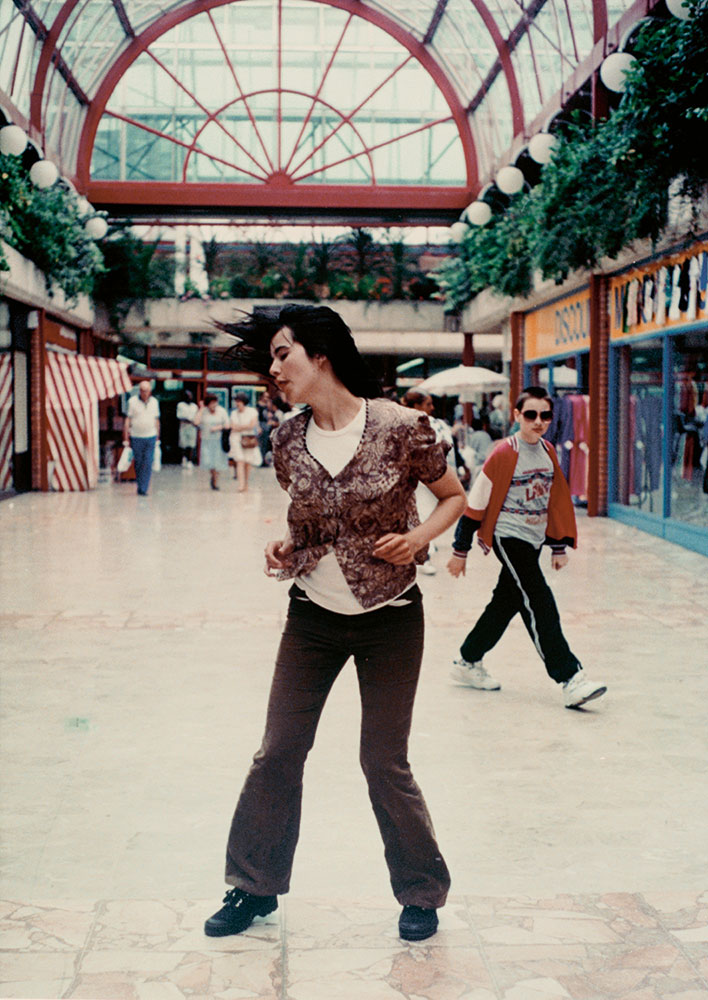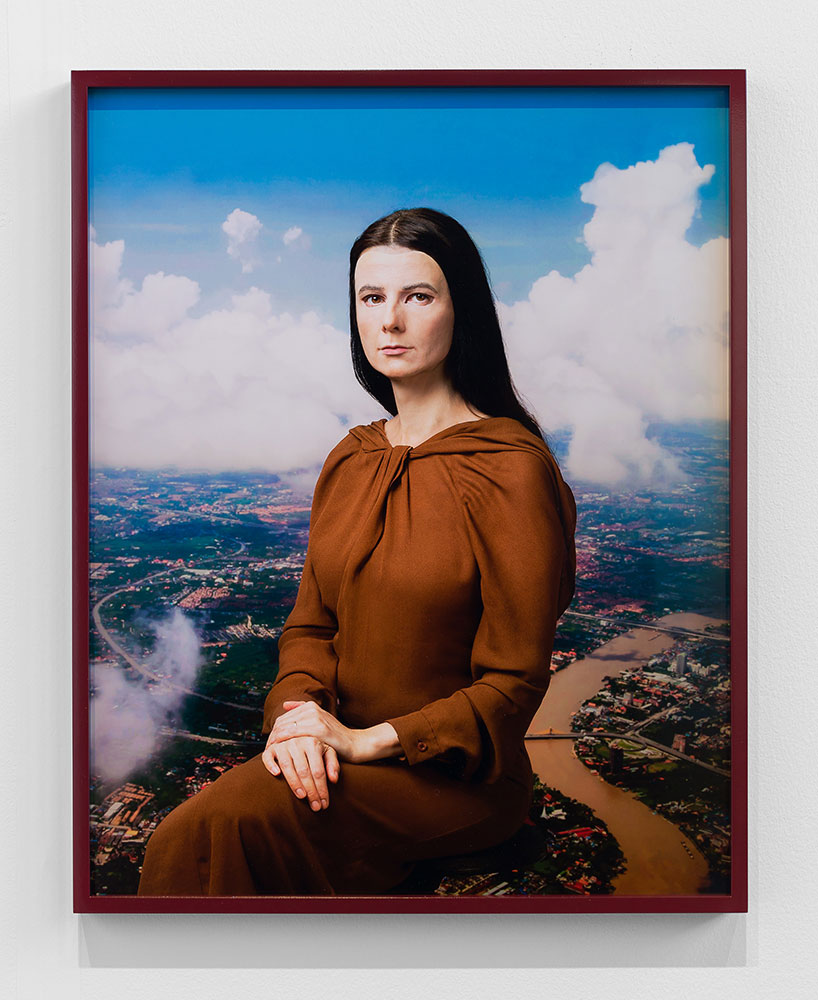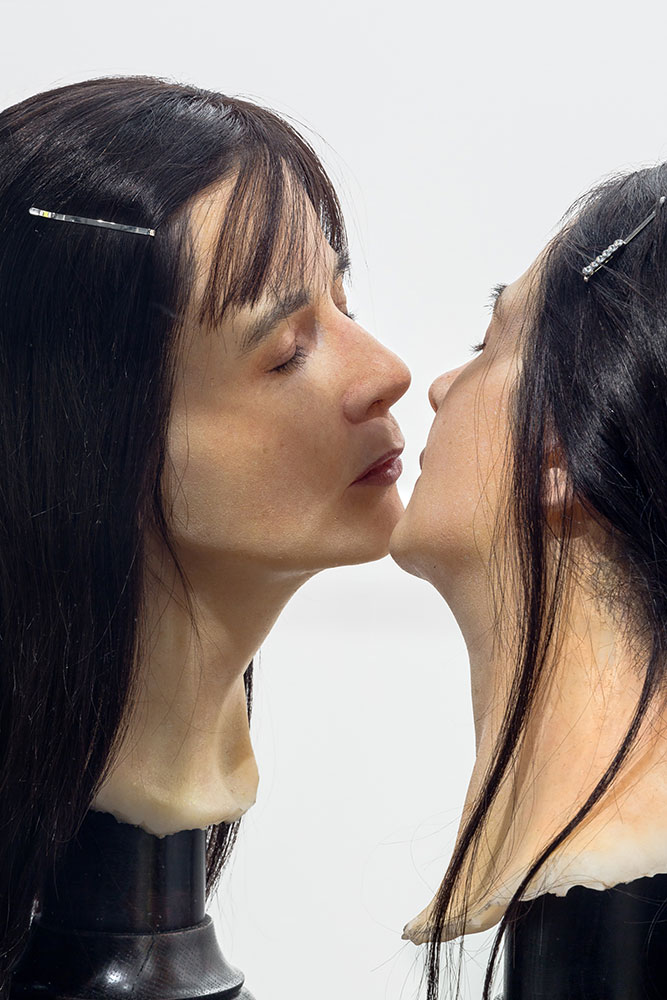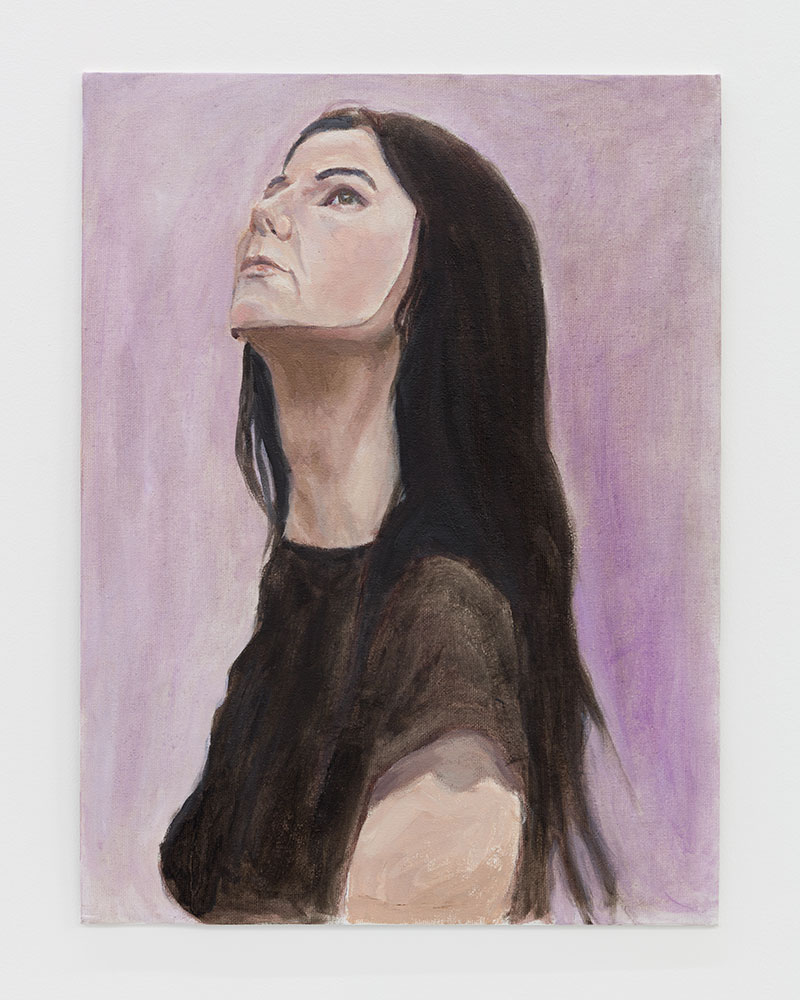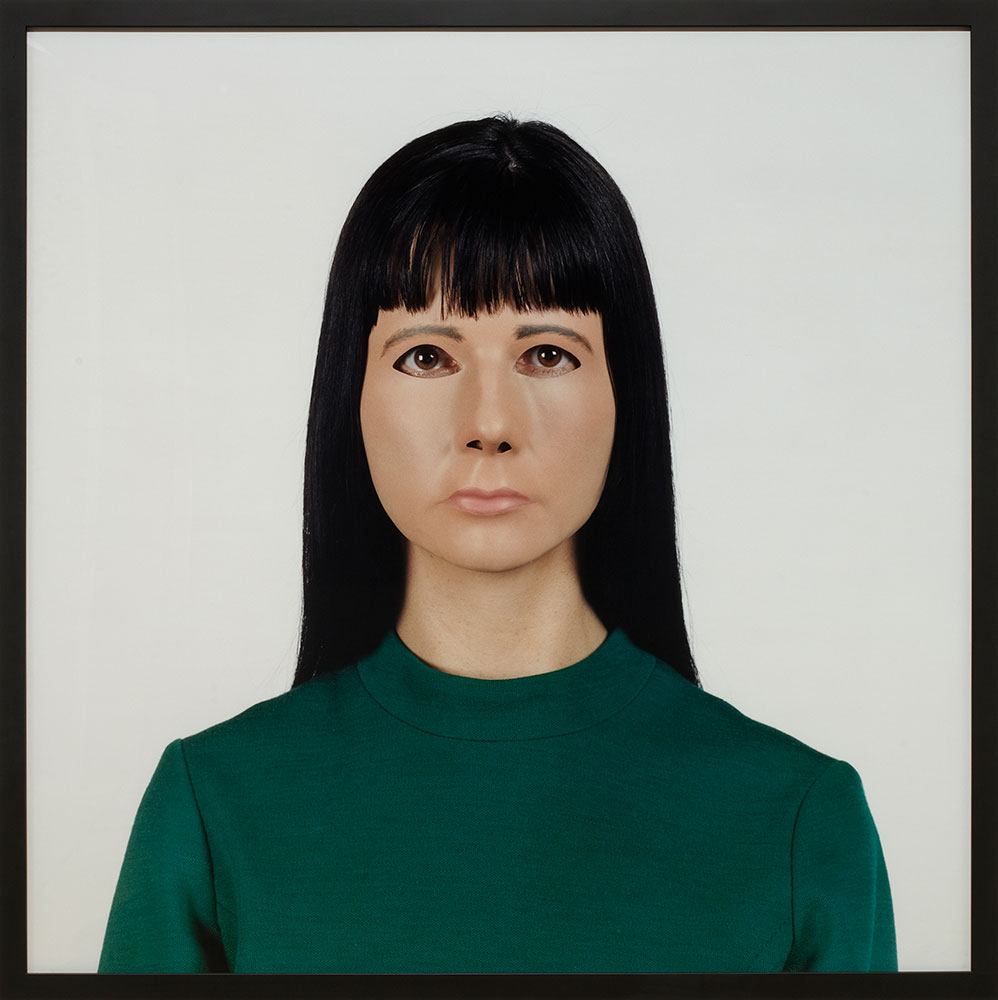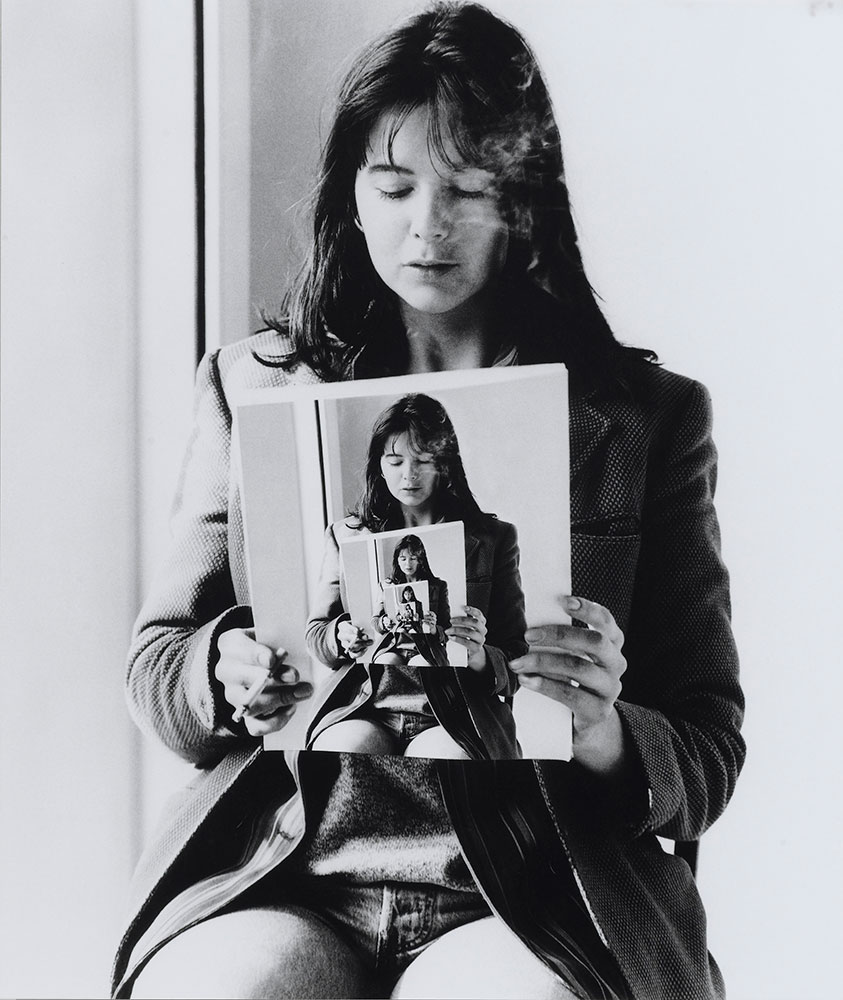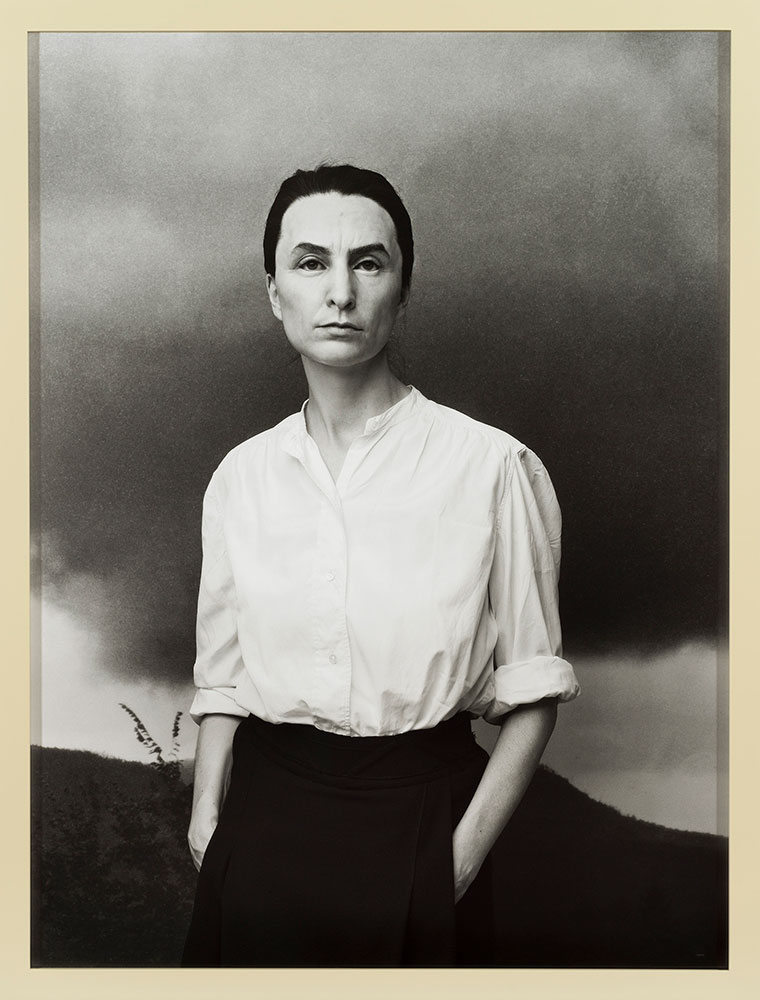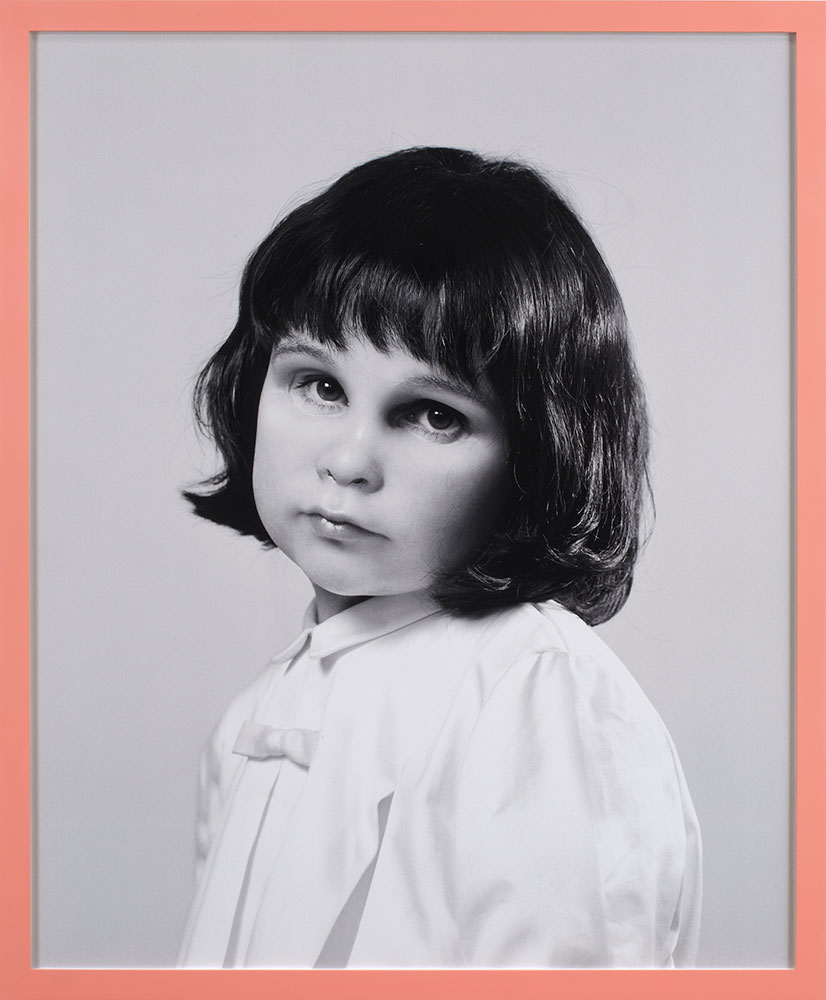PRESENTATION: Gillian Wearing
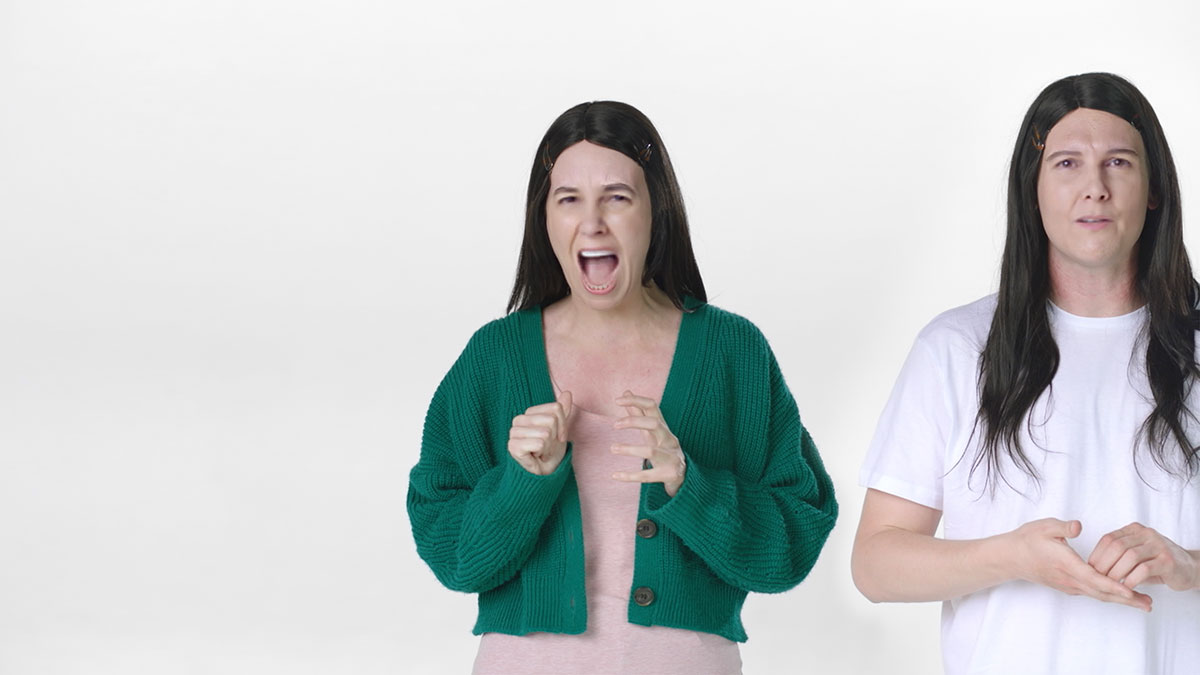 In her work, Gillian Wearing repeatedly focuses on a person’s self-expression in staged situations. She is interested in the views and behaviour of people from the most varied walks of life – ordinary citizens, as well as the homeless, pensioners and school children. This candid but always equally circumspect analysis produces portraits in which a fragile balance is struck between self-awareness and the perceived image, private and public worlds, truthfulness and projection. Her earliest works are from a project created on the streets.
In her work, Gillian Wearing repeatedly focuses on a person’s self-expression in staged situations. She is interested in the views and behaviour of people from the most varied walks of life – ordinary citizens, as well as the homeless, pensioners and school children. This candid but always equally circumspect analysis produces portraits in which a fragile balance is struck between self-awareness and the perceived image, private and public worlds, truthfulness and projection. Her earliest works are from a project created on the streets.
By Efi Michalarou
Photo: Guggenheim Museum Archive
Featuring 100 works, the exhibition the exhibition “Wearing Masks” traces the development of Gillian Wearing’s practice from her earliest photographs and videos to her latest paintings and sculptures, all of which explore the performative nature of identity. For her landmark piece “Signs that say what you want them to say and not Signs that say what someone else wants you to say” (1992–93), Wearing photographed strangers holding placards with messages they wrote themselves. In so doing, she changed the terms of documentary street photography and performance art by giving voice to the subjects of her images. This series established Wearing’s long-standing practice of engaging the public through classified ads, casting calls, or direct solicitation on the street in order to create platforms where people’s often very personal stories could be shared with a wider audience. “Dancing in Peckham” (1994) documents a rare public performance by Wearing, and marks her first appearance as the subject of her own artwork. Inspired by a woman the artist observed feverishly dancing at a jazz concert, Wearing videotaped herself in a shopping center in South London, where she danced for a half hour to music held only in her own mind. Her silent choreography touches on emotions ranging from blissful reverie to mania; passing shoppers regard her performance with a mix of suspicion and apathy. In this way “Dancing in Peckham” highlights the fragile norms by which society distinguishes psychic interiority from public self-presentation, paying homage to those who dare to step outside such conventions. Wearing’s first video to feature professional actors, “Sacha and Mum” (1996) explores the complex, contradictory nature of a mother-daughter relationship. It depicts a young woman who repeatedly covers her face with a towel as she engages in a physical altercation with a matronly older woman. Shot in an unprepossessing bedroom, the videotape speeds up and slows, lurches forward and back. The figures’ interaction expresses a shifting dynamic of power and affect that suggests, at some moments, a domineering, irrational mother and her defensive daughter and, at others, a disturbed child and a protective parent. In this dreamlike piece Wearing visualizes the emotional impact of the traumatic memories her confessional subjects narrate—what goes on behind closed doors—and the instability of memory itself. “60 Minutes Silence” (1996) depicts a feat of endurance in which twenty-six individuals attempt to pose for the camera for one hour. This act refers, in part, to the long exposure times of early photography, and indeed, the piece appears at first to be a generic group portrait of a London police squad. In fact, the video’s subjects are not officers at all but rather civilians in costume. Wearing’s focus in this work is the symbolic power of the uniform: how it can cast a diverse group of people under a singular identity that imposes real social and physical restrictions. It is not a coincidence that the constraints in the video—silence and stillness—are commonly used by police. But as the minutes tick by and participants grow increasingly uncomfortable, individual characteristics peek through the uniformity, revealing that all systems of control ultimately have their limits. Wearing has also repeatedly turned the camera on herself to examine the ways one’s sense of self is established within familial, social, and historical contexts, especially in the aftermath of traumatic experience. Through her extensive interrogation of the self-portrait, she has pointedly expanded on Andy Warhol’s notion that “everyone will be world-famous for 15 minutes,” predicting the rise of selfie culture. In addition to performing versions of herself, she has engaged with images of people who are closely connected to her identity as a person and as an artist. In her photographic series “Spiritual Family” (2008–present), for instance, she employs silicon prosthetics, wigs, and lighting to disguise herself as pivotal figures from art history who have been foundational influences on her practice. The exhibition feature the first comprehensive presentation of this series, including numerous examples that have never been shown in a museum setting. In recent years Wearing has incorporated digital technologies into her photography and video while also extending her practice to the mediums of painting, collage, and sculpture. “Wearing, Gillian” (2018), a short video produced in collaboration with the global advertising agency Wieden + Kennedy, revolves around an apparently candid statement of artistic purpose, delivered by actors whose faces have been digitally morphed with Wearing’s. “Lockdown” (2020), a series of paintings made in response to the COVID-19 pandemic, and “My Charms” (2021), a sculptural self-portrait in the form of a gigantic charm bracelet, expand on Wearing’s enduring investigation into the complex tensions between authentic self-revelation and deception.
Photo: Gillian Wearing in collaboration with Wieden+Kennedy, Wearing, Gillian, 2018. Color video, with sound, 5 min. Solomon R. Guggenheim Museum, New York, Purchased with funds contributed by the Photography Council, 2019.67. © Gillian Wearing, courtesy Maureen Paley, London; Tanya Bonakdar Gallery, New York/Los Angeles; and Regen Projects, Los Angeles
Info: Curators: Jennifer Blessing and Nat Trotman, Assistant Curator: X Zhu-Nowell, Assistant Curator: Ksenia Soboleva, Solomon R. Guggenheim Museum, 1071 Fifth Avenue, New York, USA, Duration: 5/11/2021-4/4/2022, Days & Hours: Thu-Mon 11:00-18:00, www.guggenheim.org
